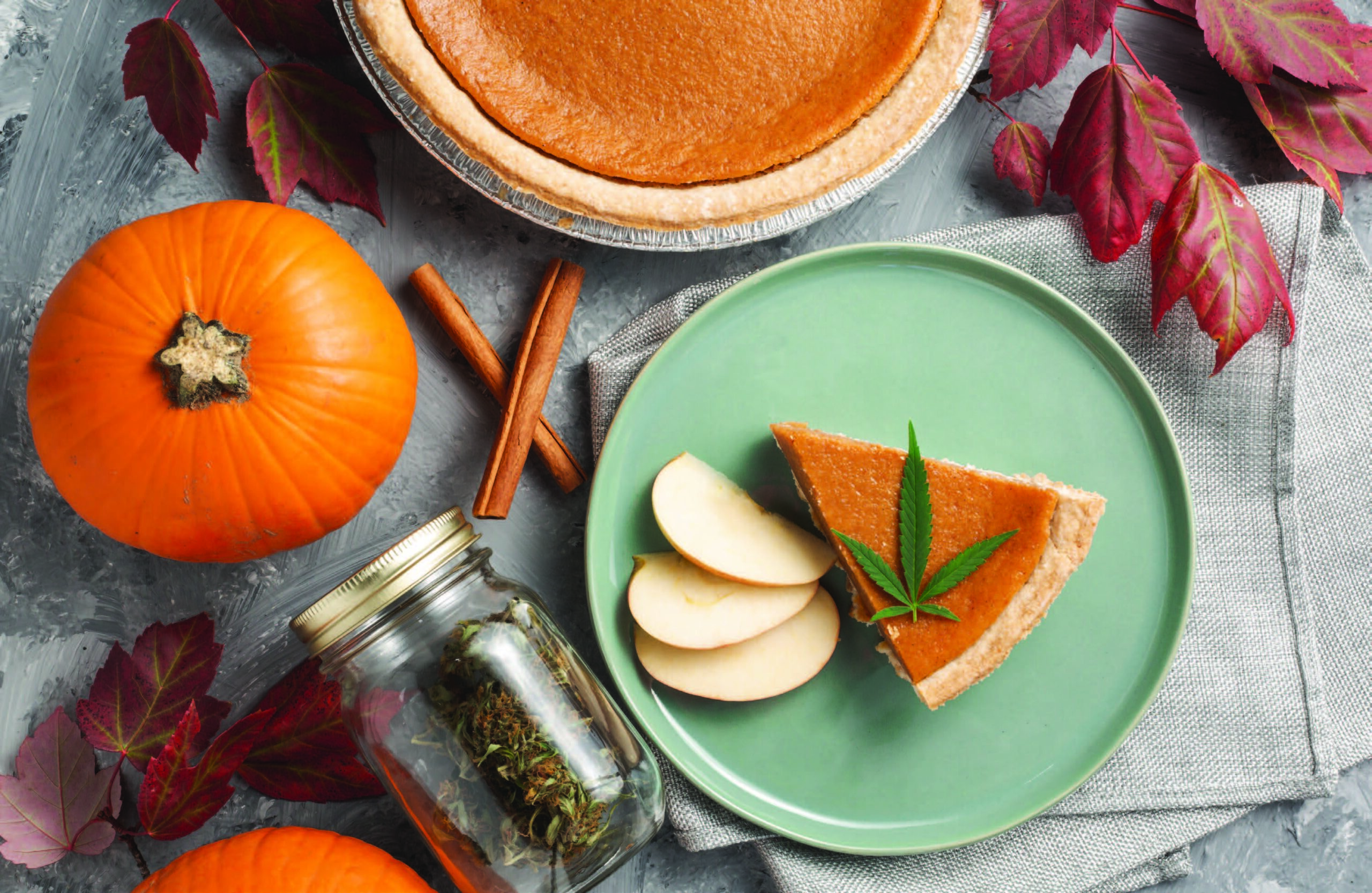I’ve written about a lot of stuff for this column: Day drinking, drinking on amateur night, lagers, IPAs, buyouts, sellouts, heroes, politicians, saisons, sours, summer beers, session beers, cozy beers, Netflix and chill beers, and all of it bent toward craft beer. But what the F is a craft beer?
I think craft beer is hard to define. A beer can be well-crafted, but not craft beer (I’d put a lot of American lagers in this category). A giant mega-brewery can brew a craft beer without being a craft brewery. A craft brewery can brew crappy beer and be shitty citizens of the craft world. Defining a craft brewery against a craft beer is even trickier. As defined by the Brewers Association (BA), craft breweries are small (6 million barrels of beer a year or less), independent (less than 25 percent of ownership from an outside alcohol producer that is not itself a craft brewer), and traditional (some special definition that excludes flavored malt beverages). So yeah, even the association that is supposed to decide what is and is not craft beer has some really complicated rules about who’s in and who’s out.
I think it’s a lot simpler and more complex than all that. I don’t think it’s about numbers, because those keep changing (the number 6 million is raised every year so that Boston Beer Company stays included in the BA). It’s not about the ingredients (this isn’t the German purity law, reinheitsgebot). And this isn’t about money, either (doesn’t matter who owns what; a shitty owner can run a craft brewery through the mud without it being one of the big, scary, mega-breweries). There are attitudes, practices, and tendencies that are pervasive in craft brewing and when you experience these aspects, you know you’re in a craft brewery.
One of these practices is what I call collaborative competition. If two breweries respect each other as competitors, they’ll brew a beer together or distribute each other’s beer. If a beer name or brewery name is in conflict, they’ll brew a beer together and settle the conflict on a brew deck, instead of in court. This is a practice that you see coast to coast (and really it happens around the world). This practice of collaborative competition is so pervasive that it has its own beer festival, Collaboration Fest (which is one of my all-time favorite festivals). If you see a brewery toting its craft credentials, but is really quick to call in lawyers, has its cease and desist orders preprinted or charges other breweries for use of trademarks, chances are it’s not a real craft brewery.
Craft beer’s origin as small breweries chipping away at the big multinational breweries is pretty much over. Craft breweries are now more than 10 percent of the total U.S. market, which means craft isn’t small anymore. So what separates the big craft breweries like New Belgium, Sam Adams, and Sierra Nevada from the big evil mega breweries? Ubiquity. Budweiser is everywhere. They take up space like some smog monster. They slip in and take every tap handle, every bit of shelf space, every venue for their beer that they can possibly take up. But craft brewers take a lot of pride in the rarity of their beer. In Durango, Ska is ubiquitous, but go to Austin or San Diego and Ska is a jewel that you have to search for, especially the beers that we brew in smaller batches. Ska distributes to Sweden, and we sold out of our first shipment of Decadent in four hours. 3 Floyds in Munster Indiana, sells Dark Lord, an imperial stout, which is released once a year and often sells out the same day. Cigar City in Tampa, Florida, does the same for their imperial stout, Hunahpu’s, and it sells out that day. The same goes for Sam Adams, New Belgium, and Sierra Nevada: Their limited releases are sought after and cherished by the people lucky enough to get their hands on them. It doesn’t matter how big a craft brewery gets, there’s always going to be something limited, something finite, something rare about their beer. You ever have that limited release Budweiser? Yeah me neither, because it doesn’t exist.
The last thing that separates craft beer from the rest is something that I really can’t describe, because words like “quality” “delicious” “unique” etc. all fall short of what a craft beer is/has. It’s more of a soul, than a flavor, or characteristic that can be named and outlined. It’s a feeling that connects you to the other people in the pub; it connects you to the place where it was brewed, to the people who brewed it. Maybe I’m a sentimental weirdo, but I imagine all the people that helped make it happen. When I’m at Animas Brewing Co., I imagine Scott and Jed setting up their hoses for cleaning cycles, at Carvers I imagine Cody and Patrick smelling hops and crafting their next recipe, at Brew I imagine Eric checking the clarity of the newest beer in one of his brite tanks, at Steamworks I imagine Ken and his minion brewers blending their newest sour project, or even at the soft opening at Durango Brewing Company last week, it was such joy just imagining Nate and Rooster and Troy and that whole crew, putting in all the hard work for the reopen. And yeah, craft beer should taste good, but it should feel good when you drink it, too.
Robert Alan Wendeborn puts the bubbles in the beer at Ska Brewing Company. His first book of poetry, “The Blank Target,” was published in 2015 by The Lettered Streets Press and is available at Maria’s Bookshop. [email protected]













